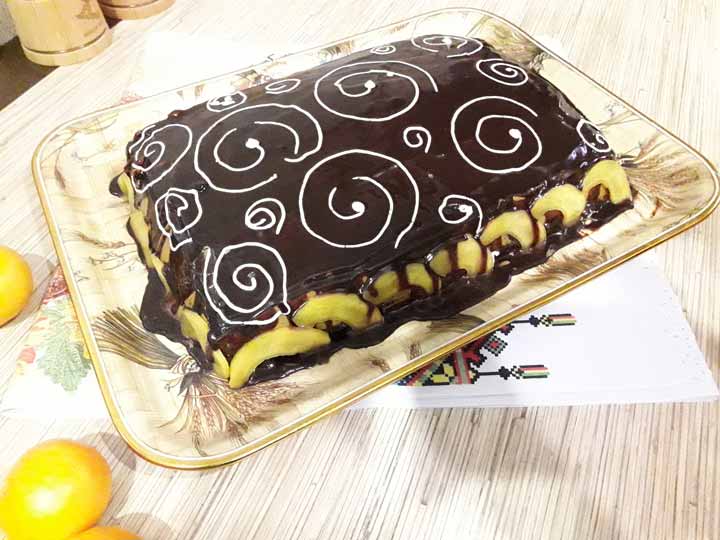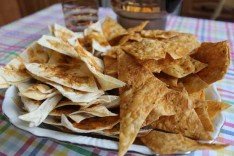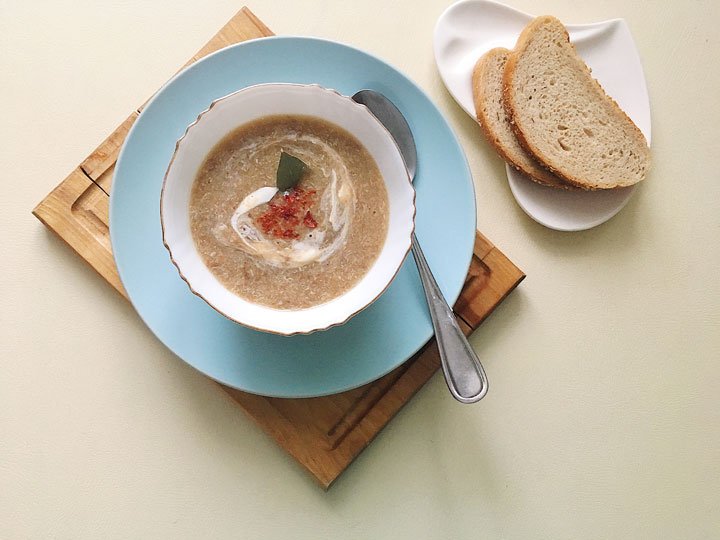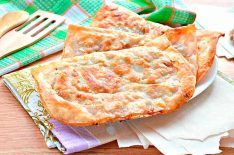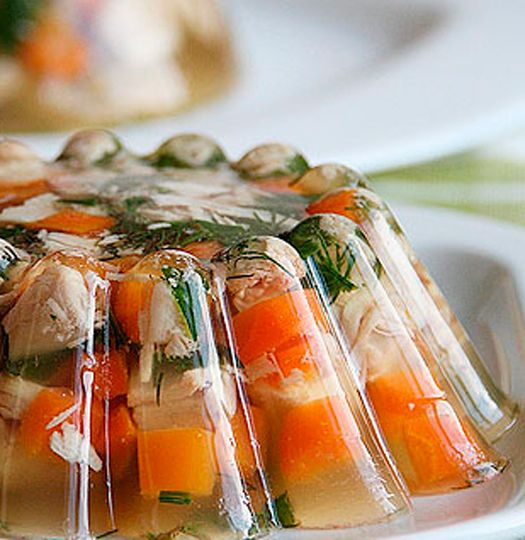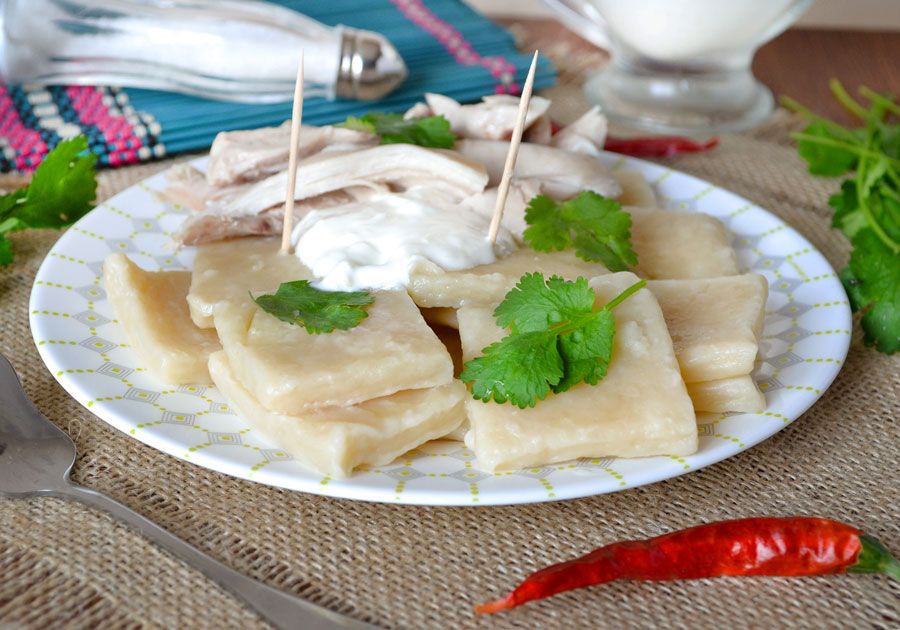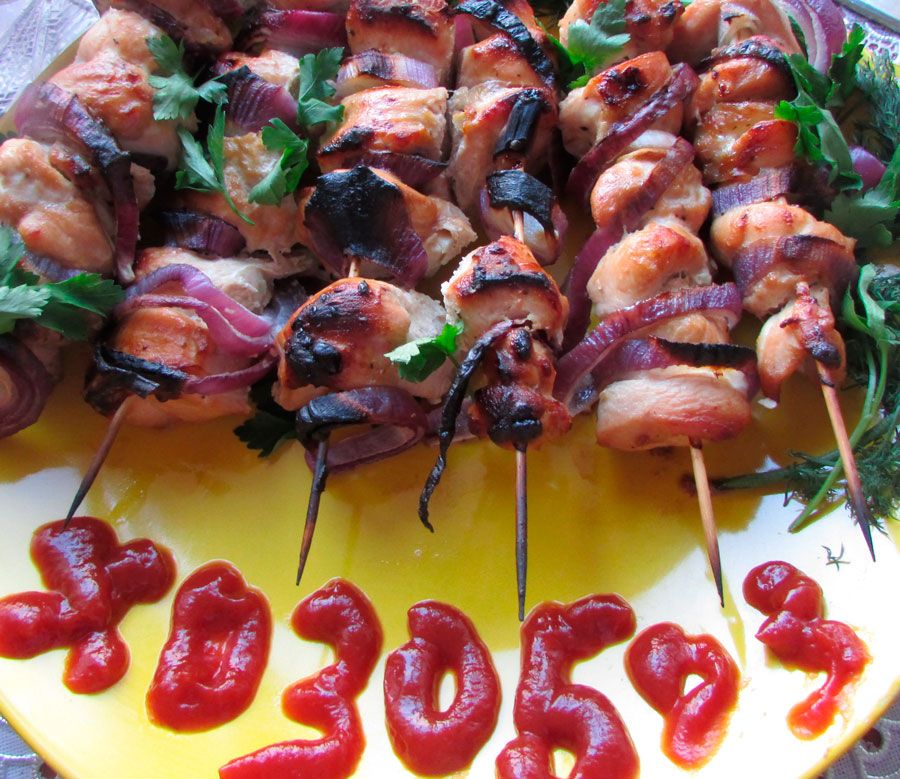Babaganoush
- Nutrition Facts
- Calories: 136
- Protein: 30
- Fats: 1,5
- Carbohydrates: 1
- Information
- Time: 45 mins
- By: Ilili-bbog
- Ratings 4
- Your ratings:

The cuisine of the countries of the East and the Mediterranean is always famous for its originality of dishes prepared with the help of unexpected solutions and seemingly incompatible ingredients. For the most part, oriental dishes are unpretentious and easy to prepare, but there is always a certain “zest” in them, which makes the dish original, and often unique. Every girl in the East knows how to cook babaganush, let alone venerable housewives, in whose arsenal there are at least three or four types of recipes for this delicious snack. The method of cooking babaganush will always speak in his favor, as an appetizer is prepared without frying. Vegetarians and meat-eaters are happy to include it in their menu. Some as pasta or pate, and the second as a delicious snack.
Despite the large number of recipes and variations, the main ingredients are eggplant and sesame paste, and the principle of making baba ganoush is the same - baked eggplant is kneaded with a fork or using other mechanical devices, then spices, garlic, vegetables, lemon juice are added to it to taste, olive or other oil. Well, so that your imagination can find application in the vastness of culinary art, our step-by-step photos of preparing the basics for any baba ganoush dish will help you cope with the task.
History of the dish
As often happens with someone or something popular, there are several versions of historical origin. Babaganoush confirms that he is of Arab origin. According to the legend, in the 1st c. from the Nativity of Christ, a priest named Ganush lived in a poor village, and the whole neighborhood loved him. One day, a student prepared an exotic dish of baked eggplant, herbs and tahini for his mentor. He presented fragrant spiced eggplant puree to his teacher, and Ganush treated the villagers to the dish. This surprised the villagers and in memory of the kindness of this holy man, the dish began to be called by his name, Baba Ganush, which means father Ganush in Arabic. According to another version, baba ganush is translated as an angry dad. Which version is more successful is up to you, as well as enjoying the taste of a dish with the keyword "baba" - "father, dad."
Ingredients:
- Eggplant - 200 grams
- Lemon - 1 piece
- Garlic - 1-2 cloves
- Sesame paste or sesame seeds - 50 grams
- Zira - 30 grams
- Sunflower oil or olive oil - 50 grams
- Salt - 15 grams
- Hot red pepper - 15 grams
Cooking process:
- To prepare babaganush, you need the following products.

In the preparation of baba ganoush we use these products.
- Lay the eggplant on a vegetable roasting rack. Be sure to put a tray under the grate so that the juice does not drip onto the stove.

Baclaan baked on the grill.
- Periodically pierce the eggplant with a fork so that the heat of the baked vegetable does not break it from the inside. When it becomes soft enough, remove the eggplant from the grill and cool slightly. After we clean it from the skin.

When ready, remove the eggplant from the grill, cool, peel.
- For the perfect baba ganoush, you will need sesame paste, but if you don’t have it, you can use just sesame seeds ground in a blender. Put the sesame seeds and cumin into a hot frying pan, fry them for 5 minutes.

If it was not possible to purchase sesame paste, we use ground sesame seeds. To do this, fry them in a hot frying pan.
- Peel the garlic cloves.

Peel the skin off the garlic.
- Put the peeled eggplant, roasted spices and garlic into a blender bowl. We grind everything thoroughly.

Put all the ingredients in a blender and grind.
- Squeeze the juice of half a lemon into the prepared eggplant mass.

Add lemon juice to eggplant puree.
- Also add sunflower or olive oil to the prepared mixture. Olive gives the finished dish a special spicy taste.

Now fill the baba ganoush with oil.
- Add salt, hot pepper to taste and mix everything thoroughly.
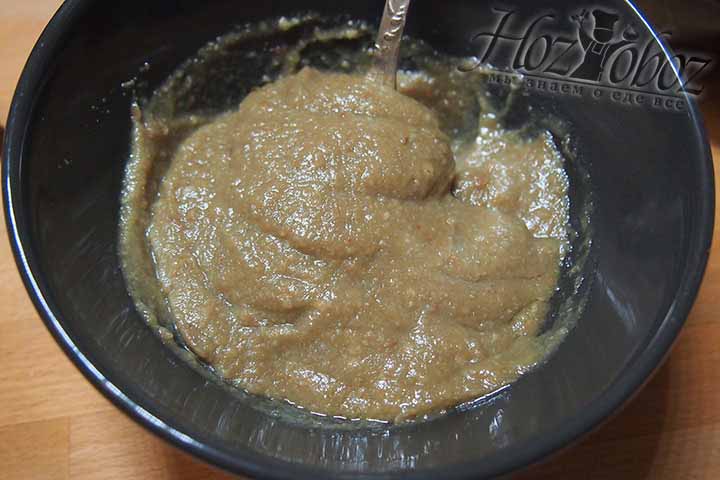
Add salt and pepper and stir.
- Baba ganush let cool and put in a ceramic cup. Serve with pita or flatbread. Enjoy your meal!
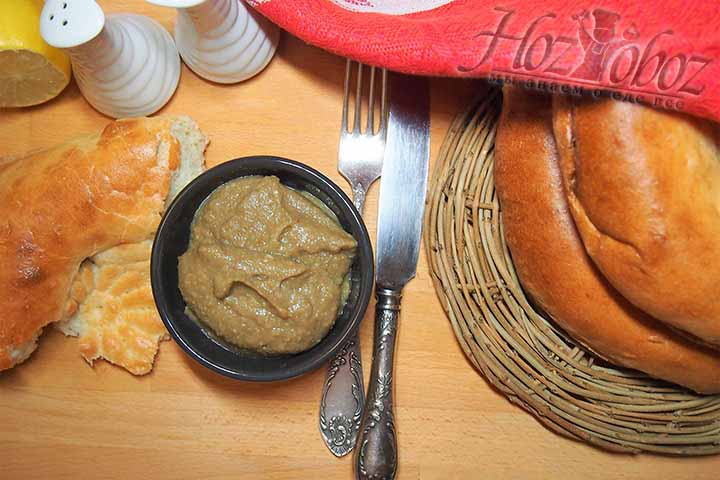
We cool the babaganush and serve it to the table. Bon appetit!
The benefits of the dish
A recipe for a healthy lifestyle, this dish is very quick and easy to prepare and is unique. The delicate texture of meze pasta is not only pleasant and tasty, but also very useful, because its main component is eggplant, which has not undergone any serious heat treatments, but only baked, which means that all the useful qualities and properties of eggplant are preserved in it. And this is a considerable wealth for the body - vitamins of groups A, B, E, K, PP, as well as magnesium, potassium, chlorine, manganese and others.
Lemon juice is also present in babaganush, and these are additional vitamins C, E, D, pectins, sugars and essential oils. And if you add olive oil to baba ganoush, the benefits of the dish will triple. Many Europeans add mayonnaise to ready-made baba ganoush to make the dish more tender, but from the point of view of health and benefits, this is an unacceptable step. In addition, babaganush can be divided into portions and frozen, so that later on dark winter evenings you can delight yourself and your loved ones with the aroma of summer.





